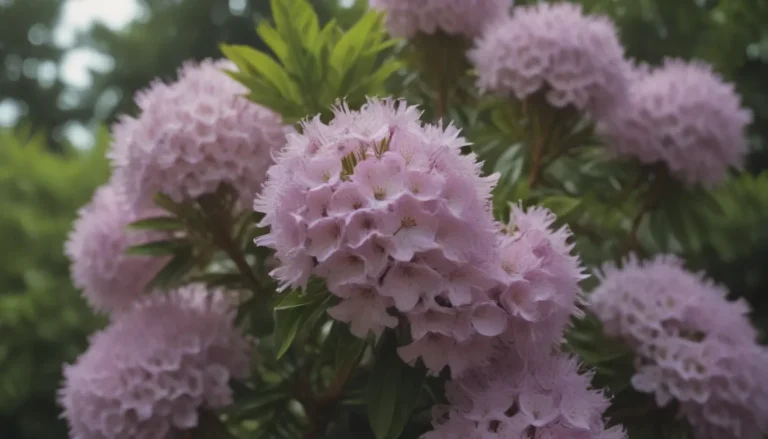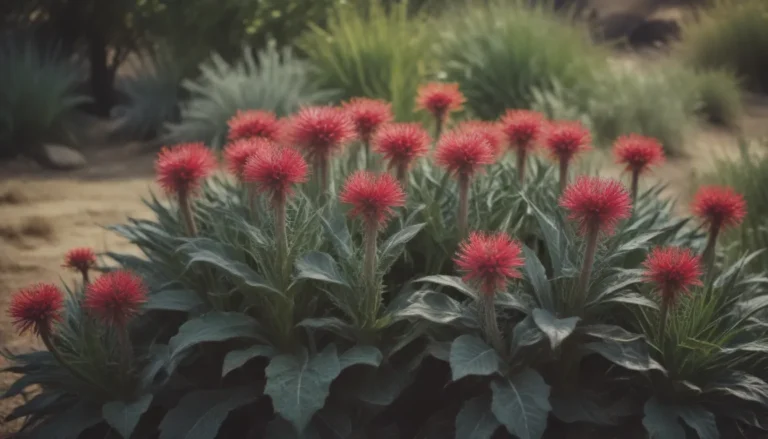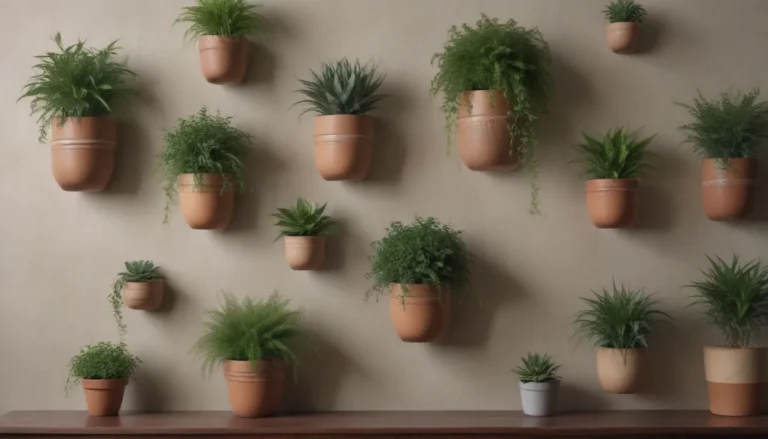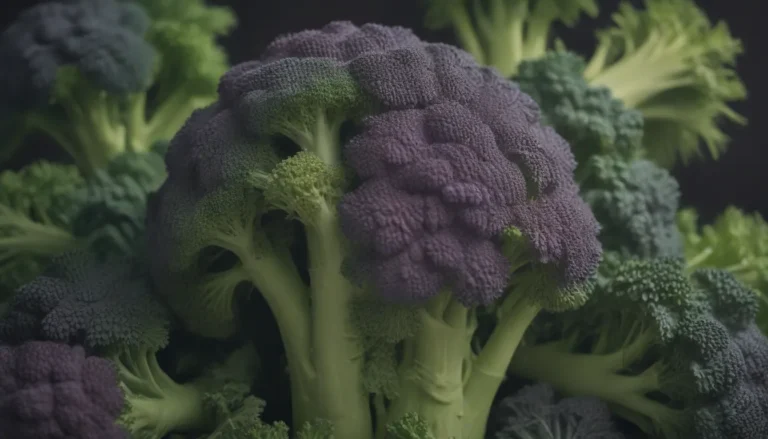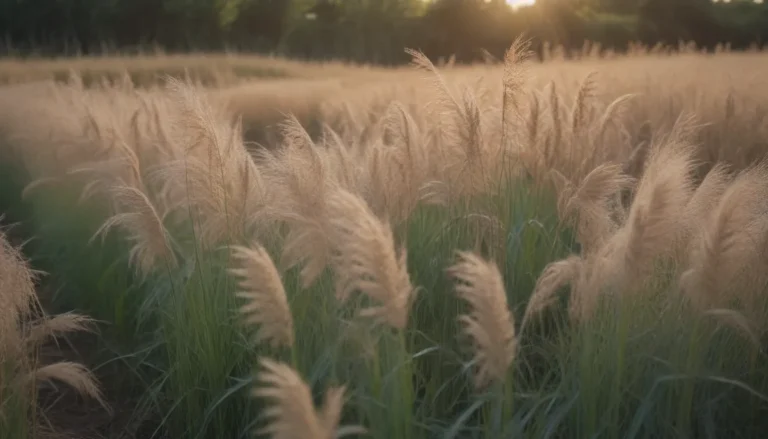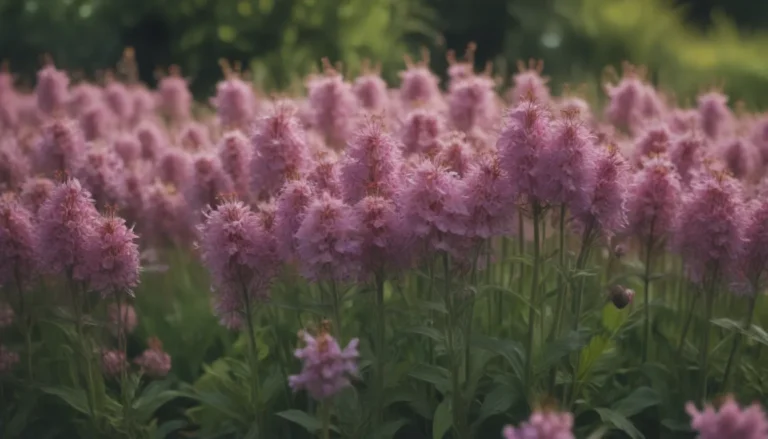The Versatile World of Fescue Grass: Exploring Benefits, Types, and More
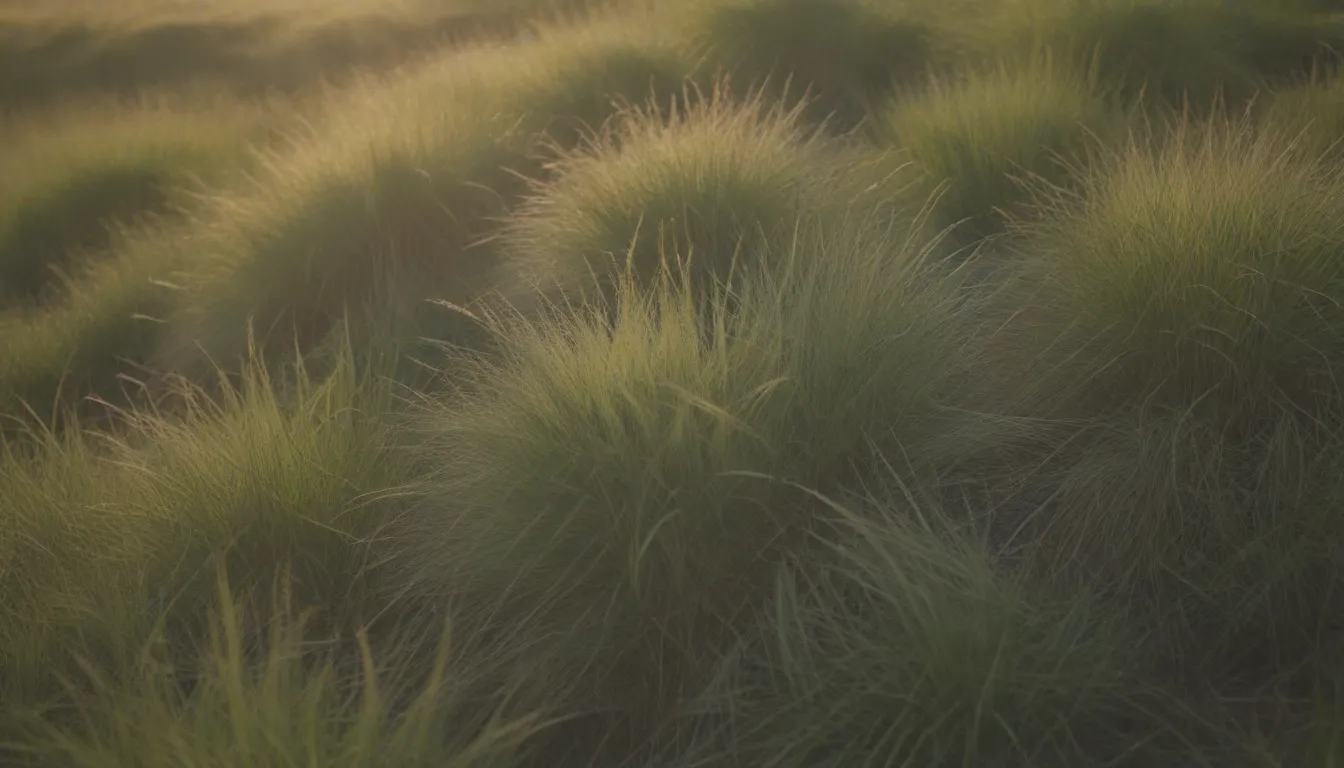
Fescue grass has long been cherished for its ability to thrive in shady areas, but there is so much more to these grasses than meets the eye. With over 300 different species within the Festuca genus, fescue grasses offer a wide range of uses and benefits that go beyond simply tolerating shade. From disease resistance to drought tolerance, the research and development of new fescue cultivars have paved the way for lawns that are not only beautiful but also low-maintenance and resilient in various conditions.
Exploring Fine Fescue Grass
Fine fescues are a subgroup of fescue grasses known for their narrow, delicate leaf blades. These varieties, such as creeping red fescue, chewings fescue, hard fescue, and sheep fescue, are commonly used in lawn applications. While they excel in shady conditions, fine fescue grasses can also thrive in sunny, hot environments, making them a versatile choice for different landscapes.
Key Features of Fine Fescue Grass:
– Narrow, fine leaf blades
– Suitable for shady and sunny areas
– Can be left unmowed for a natural, low-maintenance lawn
Unveiling Tall Fescue Grass
Tall fescue grass, particularly the turf-type varieties, has become increasingly popular as a lawn grass. These cultivars closely resemble other common lawn grasses in appearance and growth patterns but offer additional benefits such as heat and drought tolerance. With wider leaf blades compared to fine fescues, turf-type tall fescues are often included in seed blends to create lawns that require minimal maintenance and water.
Advantages of Tall Fescue Grass:
– Heat and drought tolerance
– Minimal mowing frequency (as low as once a month)
– Reduced water and nutrient requirements compared to other grass types
Harnessing the Power of Endophytes
One unique feature of fescue grasses is their ability to host endophytes, beneficial fungi that live symbiotically with the plant. These endophytes play a crucial role in enhancing the grass’s resilience to environmental stressors, including heat, drought, and pests. By choosing grass seed inoculated with endophytes, homeowners can provide their lawns with an added layer of defense against diseases and insect damage.
Understanding Plant Stressors
Plant stressors, such as high temperatures, drought, poor soil conditions, and pests, can impact the health and vitality of grasses. Different grass species exhibit varying levels of tolerance to these stressors, with fescue grasses showing remarkable resilience in challenging environments.
Embracing the Benefits of Fescue Grass
Beyond their shade tolerance and low maintenance requirements, fescue grasses offer a plethora of benefits for homeowners seeking a resilient and attractive lawn. From natural herbicidal properties to salt tolerance, fescues continue to prove their worth in diverse settings.
Benefits of Fescue Grass:
– Natural herbicidal properties (producing meta-tyrosine)
– Moderate germination rate and fine leaf texture
– Thrives in poor soil conditions and requires low nitrogen
– Salt tolerance in certain varieties like sheep fescue
In addition to their practical advantages, fescue grasses also contribute to the aesthetic appeal of landscapes, whether as standalone features or in naturalized settings. With new cultivars constantly being developed and introduced to the market, homeowners have access to an ever-expanding selection of fescue grasses that combine hardiness with desirable features.
When purchasing fescue seed or sod, it is essential to research and procure from reputable sources to ensure the highest quality and performance. By selecting the right fescue grass varieties for their specific needs, homeowners can enjoy a lush, resilient lawn that enhances the beauty of their outdoor spaces.
In conclusion, fescue grasses represent a versatile and valuable option for homeowners looking to create beautiful, low-maintenance lawns that can withstand a variety of environmental challenges. By exploring the diverse world of fescue grass and harnessing its unique benefits, homeowners can cultivate thriving landscapes that are both visually appealing and resilient in the face of changing conditions.
